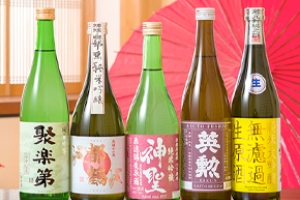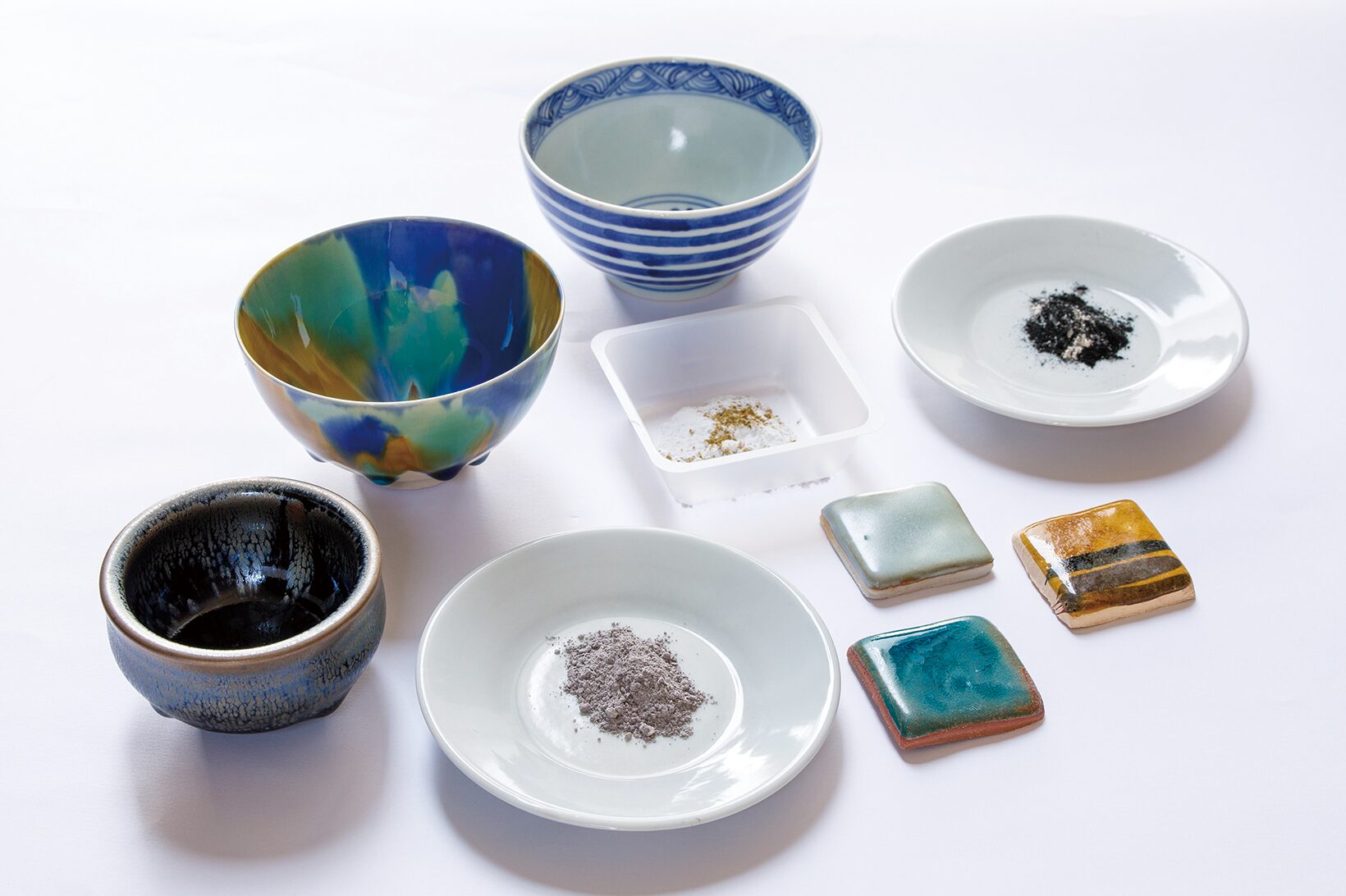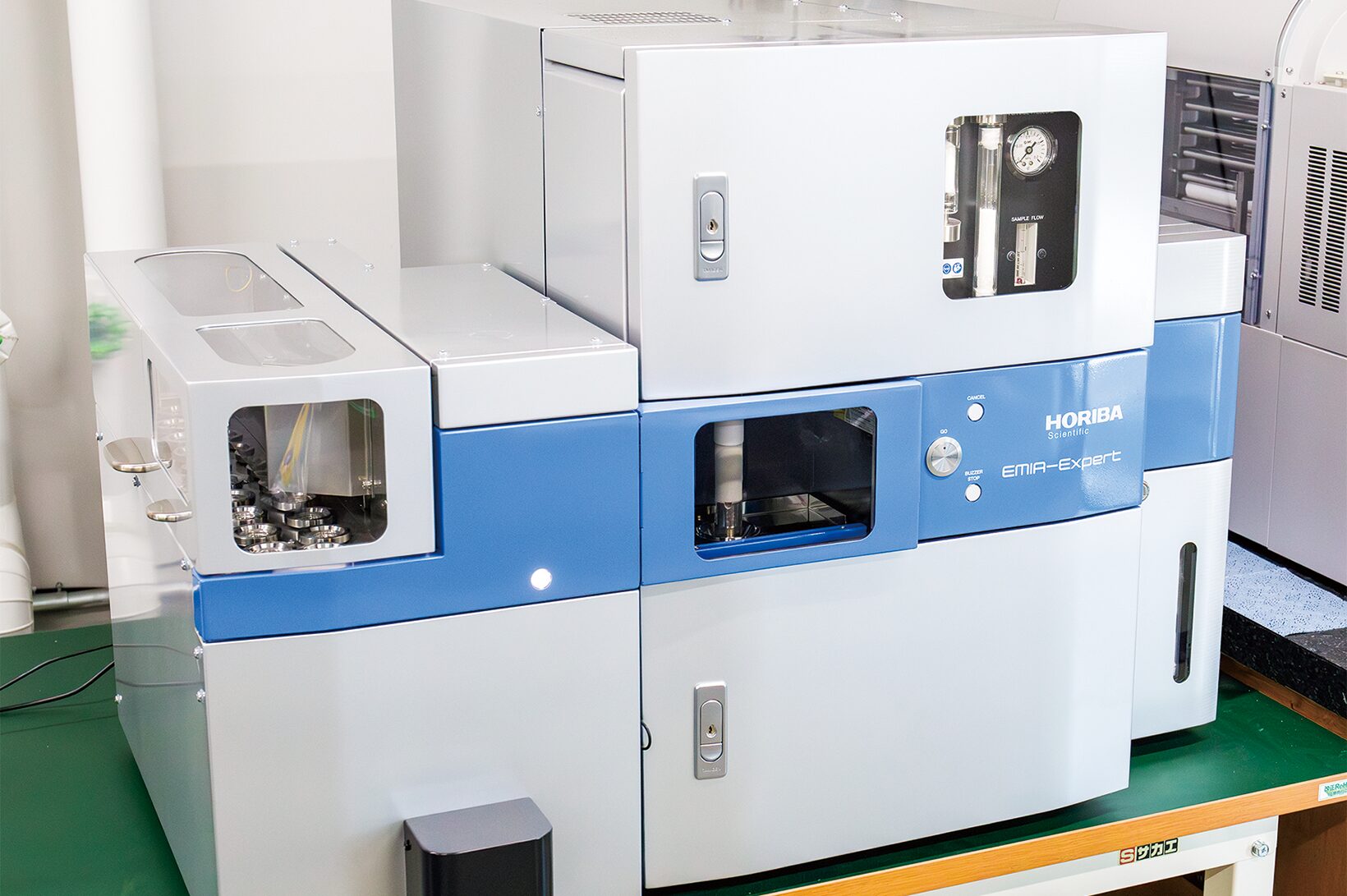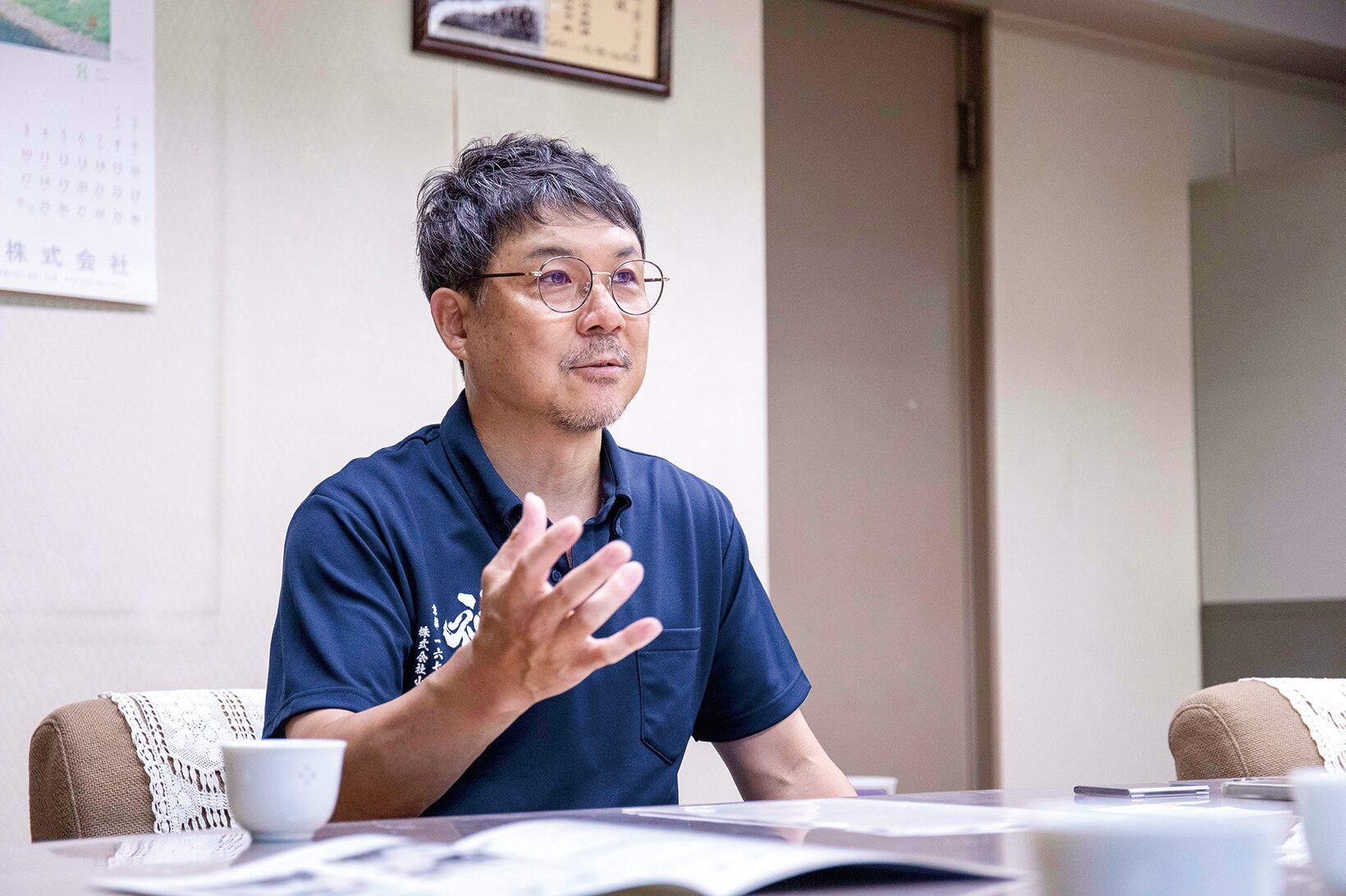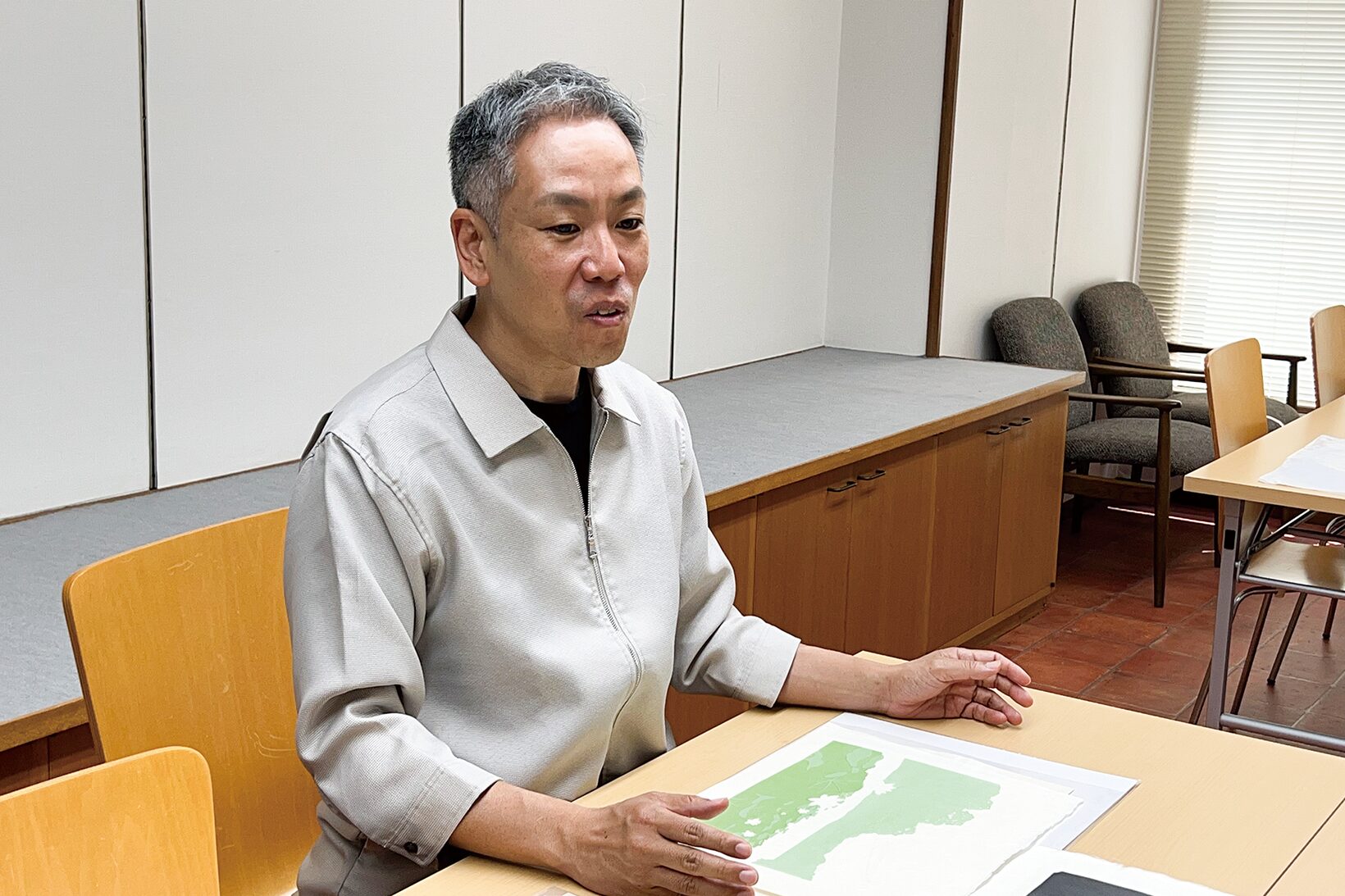
Pre-history of the KMIITC (Meiji Period – Postwar Period)
~The History of the Predecessors On Improvement of Sake Brewing Technology in Fushimi, Kyoto~
It is now common knowledge that the capital of Japan is Tokyo, but to tell the truth, there is no law that clearly defines “Tokyo as the capital of Japan”. According to the “Iwanami Dictionary of Japanese History,” Tokyo acquired the status of capital in 1869 when Edo Castle was designated as the Imperial Palace and the Grand Council of State was moved to Tokyo, and in 1871 when Tokyo was designated first in the order of prefectures, but there is no legal basis for this claim. Even today, there is a joke sometimes heard among the Kyotoites that “the Emperor is only in Tokyo for a short visit, but he will soon return to Kyoto.”
However, a very unfortunate historical fact remains for Kyoto. In September of the first year of Meiji (1868), the Emperor Meiji made a “trip” to Tokyo. Although the Emperor returned to Kyoto once, he never chose to return to Kyoto as his residence after March 1869, when he made a second trip to Tokyo. From Kyoto’s point of view, Edo Castle was established as the residence of the emperor’s family, chipping away little by little of the presence of Kyoto Imperial Residence.
The Kyotoites at that time believed that Kyoto would forever prosper as the capital city. They were upset that the emperor had gone to Tokyo and never returned, fearing that this royal visit would effectively become a transfer of the capital to Tokyo. Witnessing the residents’ anxiety, Kyoto Prefecture attempted to calm the unrest by assuring the residents that the emperor would return to Kyoto the following year. At the same time, Kyoto Prefecture requested the government to provide financial assistance to rebuild the Kyoto economy, and as a result, in 1869, the government lent 150,000 ryo (the currency unit that time) to Kyoto Prefecture as a fund for promoting industry.
In 1870, the emperor was informed that his return to Kyoto would be postponed. In other words, the emperor would not return to Kyoto indefinitely. The people of Kyoto were again upset. The prefectural government complained to the government about the extreme anxiety of the residents. In response, the government issued a proclamation exempting Rakuchu (Urban Kyoto area) from land taxation, and in March, it took measures to fund 50,000 ryo as a “prefectural people’s industrial reserve fund.” After this, 50,000 ryo was added to the industrial reserve fund in October, bringing the total to about 100,000 ryo. In today’s terms, this amounts to about 5 billion yen. These funds were given not to the prefecture, but to the citizens of Kyoto, who were upset by the loss of the emperor from their hometown.
To recover from the decline following the relocation of the capital, Kyoto Prefecture promoted policies that emphasized industrialization. Building modern factories and introducing and researching new technologies required large amounts of money for expertise and equipment. Therefore, the Kyoto Prefectural Government used the industrial foundation funds granted by the central government to build a series of prefectural industrial facilities.
The Kyoto Exposition held in Kyoto in the first year of the Meiji era (1868) brought the city back to life, but from around 1880, these prefectural industrial facilities were sold to the private sector one after another. The mayors of Kamigyo and Shimogyo wards asked the prefectural government to transfer the industrial foundation funds to the upper and lower wards in cash, instead of using them to maintain the prefectural-run industrial facilities. In 1881 (Meiji 14), the industrial reserve was returned as common property of Kamigyo and Shimogyo wards. On April 1, 1889, Kamigyo and Shimogyo wards were combined to form Kyoto City. Kyoto City used the returned industrial reserve fund to promote Kyoto’s local industries and held various expositions and exhibitions as a measure to achieve this.
Let us turn our attention to the sake brewing industry. The sake brewing industry was a key industry in Japan during the Meiji era. According to the “Table of Prefectural Products” of 1874, sake was an industrial product that accounted for a whopping 16.7% of total industrial output in terms of production value. It is understandable that the Meiji government considered sake taxation to be an extremely important source of tax revenue along with land taxes. In 1877, the Seinan War, the last civil war in Japan, broke out, and demand for sake increased accordingly. The opening of new sake breweries peaked in 1880. By the end of the Meiji period, the sake tax was the leading source of revenue for the national treasury. The Meiji government heavily protected the sake brewing industry.
Until the Edo period, sake was made by incorporating yeast strains from the brewery yeast present in each brewery. However, since there were also many types of bacteria already present in the breweries, there were many cases of so-called “rotten sake,” or sake that spoiled and became useless. If sake breweries were to go bad due to contamination, not only would the breweries face bankruptcy, but it would also be a major problem for the government in terms of lost tax revenues (to say nothing about the lost cost of rice and workers losing their jobs). To mitigate these risks, The Ministry of Finance took charge of technical guidance and sake brewing inspections, and at the request of the sake brewing industry, the Ministry of Finance Brewery Research Institute was established in Takinogawa, Tokyo, in 1904. This government-led program to foster the sake brewing industry contributed greatly to the modernization of sake industry as well as to help ensure the government’s finances.
Meanwhile, in Fushimi, Kyoto, Tsunekichi Okura established the Okura Brewery Research Institute, the first research institute for a private sake brewing company, in November 1909, and hired Hide Hamasaki, a graduate of Tokyo Imperial University, as its first engineer. At about the same time, the Fushimi Sake Brewers Association also established a research institute. The gathering of multiple engineers in one region was an unprecedented occurrence in Japan. The institute was suspended in 1913, but Fushimi Joyu-kai (a fraternal association of sake brewers in Fushimi) was established in the same year to replace it as a R&D organization. These steady efforts paid off, and the quality of Fushimi sake continued to improve, becoming known throughout Japan for its high quality.
In 1914, World War I triggered an economic boom, and in addition to traditional industries such as ceramics, dyeing and weaving, various chemical industries began to emerge in Kyoto. In 1920, the Kyoto Municipal Industrial Research Institute began operations, and in July 1923, a new industrial research institute was completed in Sanno-cho, Higashi-Kujo. In 1936, the Fermentation Department of the Industrial Research Institute began providing guidance to the sake brewing industry.
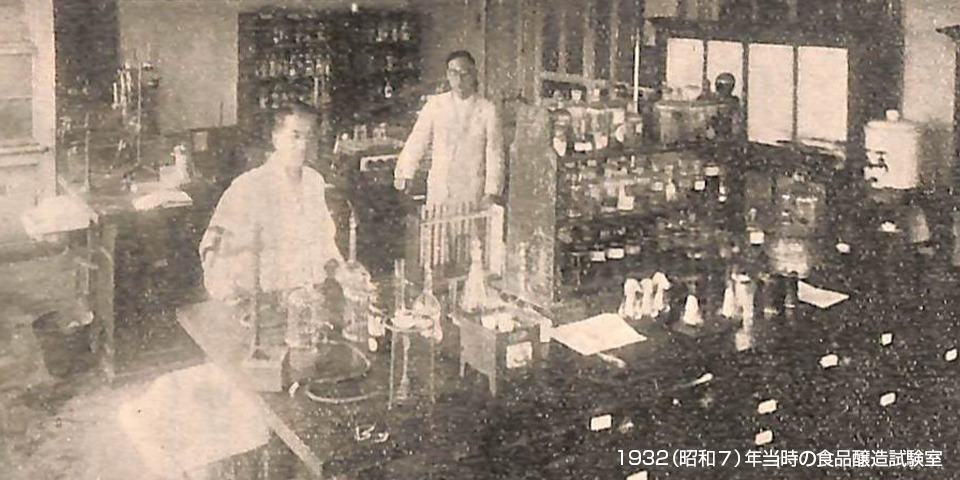
In July 1937, Japan plunged into the Sino-Japanese War with the outbreak of Marco Polo Bridge Incident. In the same year, the production and sales price of alcohol became subject to control. From this point on, the sake industry faced a period of hardship during the Pacific War and postwar turmoil. In 1943, as the war situation became increasingly severe, the number of sake breweries were cut in half, production capacity was reduced to 50% of the previous level, and all surplus capacity was given to the munitions industry. The term “goldfish sake” became popular at this time. This came from the story that the sake was so thin that goldfish could swim around in it and not die. It was a time of hardship for the citizens, who were forced to rely on rationing not only for sake, but also for most of their daily necessities.
After experiencing such hardships and going through a period of postwar turmoil, Japan recovered and entered a period of rapid economic growth. The Kyoto Municipal Industrial Research Institute (Predecessor of KMIITC) also grew along with the progress of society.






